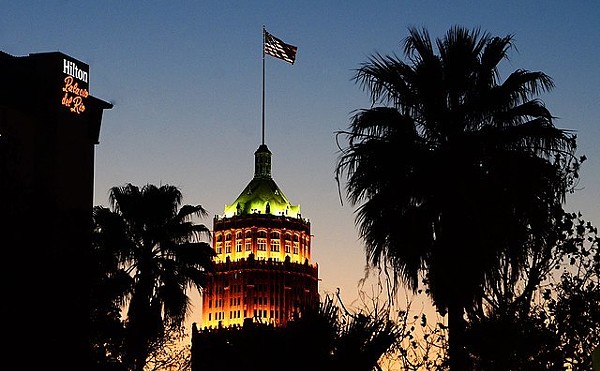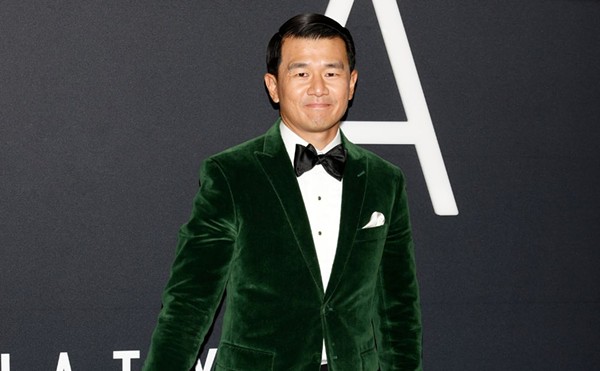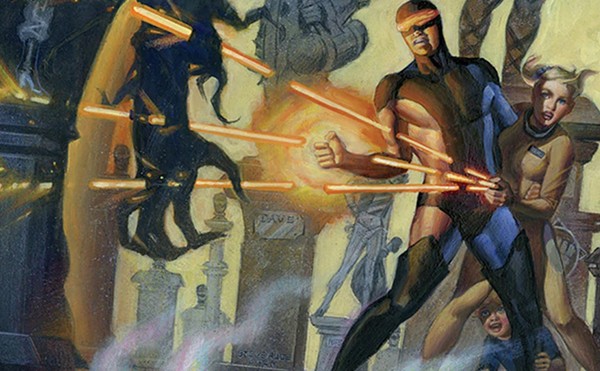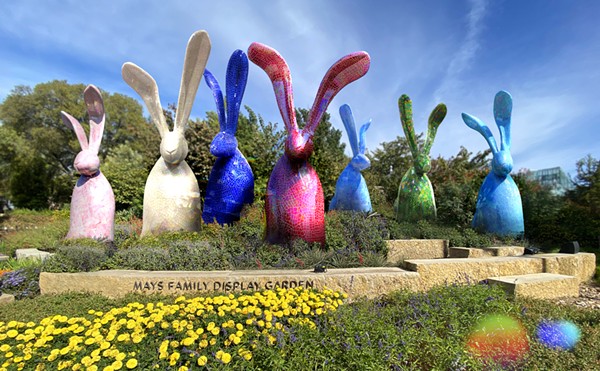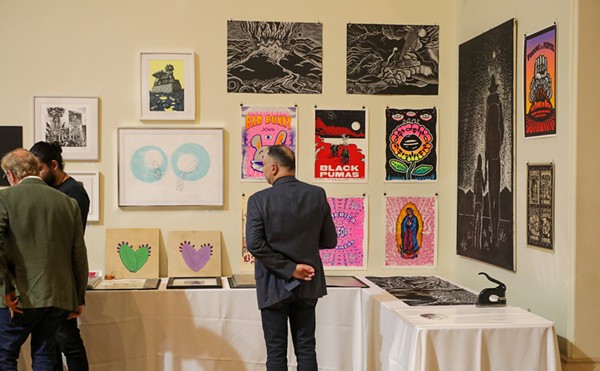The Reverend Seymour Perkins died of cancer on the evening of February 10 at age 79, leaving behind a little public controversy, a lot of hard times and struggle, and an ouevre of hundreds upon hundreds of blazingly original artworks. Self-taught but deeply sensitive to art history (always as a subset of human history, though), Perkins effortlessly combined aspects of formal convention with his own ever-expanding language of symbols; witness his repeated rendering of African and African-American heroes with elaborate, raffish, 18th-century powdered-wig hairstyles, a la Gilbert Stuart’s Washington; his powerful depiction of the Statue of Liberty as a black woman; and his portraits of John F. Kennedy and Marilyn Monroe as African Americans. He employed mostly cheap house paint, applied to found or re-purposed cardboard, plywood paneling, or vinyl window shades, yet managed to execute work that was brilliantly arresting as well as deeply felt. Perkins also carved wooden table legs into graceful and elegant portraits of African nobles and made colorful glazed ceramic heads of such disparate characters as Al Capone and Tim Duncan. This is a drop in the bucket.
And yet not one piece of Perkins’ material legacy is unconnected to any other, all emerging as they did from the spiritual world, what he called his “walk with the Lord.” As such, each image — of escaping slave or Marcel Proust — imparts Perkins’ testimony, as the diaspora of Perkins’ imagery all sprung from the same God-haunted metropolis of his ravenous mind. His particular gospel encompassed African-American history and biblical text, colonial and Texas border politics, Mesoamerican culture, pop culture, philosophical studies of Hobbes’ Gandhi and the Moulin Rouge. It would be near impossible to encapsulate his brand of Christianity; Perkins was an encyclopedic, inclusive thinker, but hardly a linear one. God, he said, gave him revelations — on a good day, as many as 20 visions, he said — and he learned over a lifetime how best to communicate these to the world.
The enormity — the transcendent completeness — of Perkins’ animating spirituality reminds me of Henry Darger, who compulsively worked out his devotional illuminations, trying constantly to capture his all-encompassing Realms of the Unreal. But Reverend Perkins was a preacher where Darger was a monk; Darger lived alone in his Chicago room, his life’s work unseen until his death, whereas Perkins was profoundly social, and at home in the world. You could say that Darger’s isolation mirrors the monastic tradition of Catholic hermit life, while Perkins’ constant outreach recalls the evangelist traditions of African-American church life, with its generations of social activism and community. Like many image-makers who are placed by convention in the “outsider artist” genre, Reverend Seymour Perkins simply made art what he needed it to be.
San Angel owner and curator Hank Lee met Seymour Perkins “about a hundred years ago,” and came to be his friend, advocate, and the primary seller of his art. Lee was “blown away” by Perkins’ “instinctive technique, the message he could get scross in six gestures, just a few lines, using whatever color he had access to. Those gestures he had, and that scratchy, drippy surface, they were like Motherwell, and `his use of` text as an element, that was like Ed Ruscha.”
Perkins loved to stop by San Angel Folk Art, feeling that his art would sell better if he were on site to, well, explain it to folks. “I’ll miss that so much, just his voice,” Lee says. Perkins fought racism, violence, the devil, and the City, but his battle with cancer came to an end cruelly fast. Just two days before Perkins’s death, San Angel staffer and Cactus Bra Space founder Leigh Ann Lester mentioned to me that he’d come in recently to say hello, sans his dentures. “And he was such a dandy, so I really knew he was feeling bad. And he was so skinny … we chatted for just a little while, you know, and I’m just standing there fighting back tears and thinking, oh, Perkins, no.”
Unfortunately, a lot of the public discourse about Reverend Perkins centers around his championing society’s most vulnerable, those for whom conventional morality feels the most contempt. His house on Hackberry was surely a refuge for prostitutes and drug addicts, leading some to believe that Perkins must have been a pimp, a drug dealer, or, at the very least, an enabler of vice. Lee isn’t having it, saying that Perkins would offer what help he could muster, from kind words to a place to stay, and those who rush to judgment over such monuments as the notorious “pregnant hookers’ bench” surely espouse a flawed version of Christianity.
“Those girls were so beat down, as children, as infants, they were doing great just to still be here on the planet Earth. `Sex work` is a matter of survival, and Perkins didn’t judge,” says Lee. “He cared about the person underneath all that. He cared about the rich and the poor, the black and the brown, and just everybody. That was his life, and his art, and just the kind soul he was.” •





